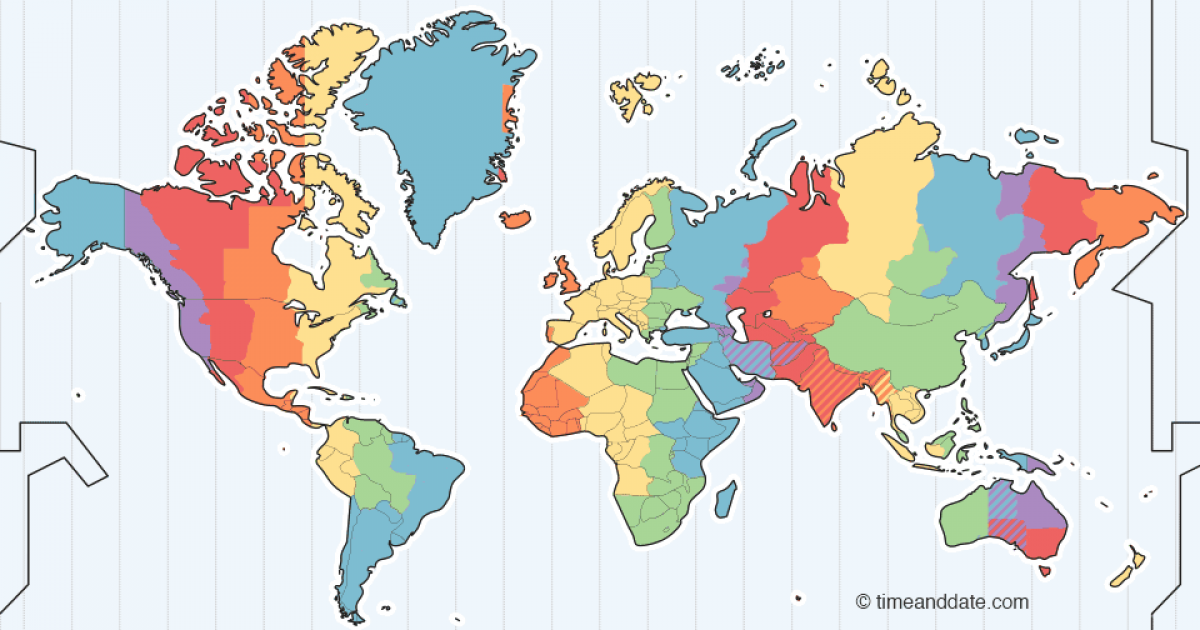Here's my version of Assignment 1: Time Zones: def secondsdifference(time1, time2): ''' (number, number) - number. Return the number of seconds later that a time in seconds time2 is than a time in seconds time1. secondsdifference(1800.0, 3600.0) 1800.0 secondsdifference(3600.0, 1800.0)-1800.0 secondsdifference(1800. Exact time now, time zone, time difference, sunrise/sunset time and key facts for GMT+2. List of time zones by U.S. State; See also. Category:Time by country; This article includes a list of lists: Last edited on 14 May 2020, at 19:17. Content is available under CC BY-SA 3.0 unless otherwise noted. This page was last edited on 14 May 2020, at 19:17 (UTC). Text is available under the.
Everyone on the planet wants the sun to be at its highest point in the sky (crossing the meridian) at noon. If there were just one time zone, this would be impossible because the Earth rotates 15 degrees every hour. The idea behind multiple time zones is to divide the world into 24 15-degree slices and set the clocks accordingly in each zone. All of the people in a given zone set their clocks the same way, and each zone is one hour different from the next.
In the continental United States there are four time zones (click here for a map): Eastern, Central, Mountain and Pacific. When it is noon in the Eastern time zone, it is 11 a.m. in the Central time zone, 10 a.m. in the Mountain time zone and 9 a.m. in the Pacific time zone.
Advertisement
Time Zone 218

4 Time Zones
Advertisement
All time zones are measured from a starting point centered at England's Greenwich Observatory. This point is known as the Greenwich Meridian or the Prime Meridian. Time at the Greenwich Meridian is known as Greenwich Mean Time (GMT) or Universal Time. The metronomicon 1 0. The Eastern time zone in the United States is designated as GMT minus five hours. When it is noon in the Eastern time zone, it is 5 p.m. at the Greenwich Observatory. The International Date Line (IDL) is located on the opposite side of the planet from the Greenwich Observatory.
Why is the Greenwich Observatory such a big deal? A bunch of astronomers declared the Greenwich Observatory to be the prime meridian at an 1884 conference. What's funny is that the observatory moved to Sussex in the 1950s, but the original site remains the prime meridian.
